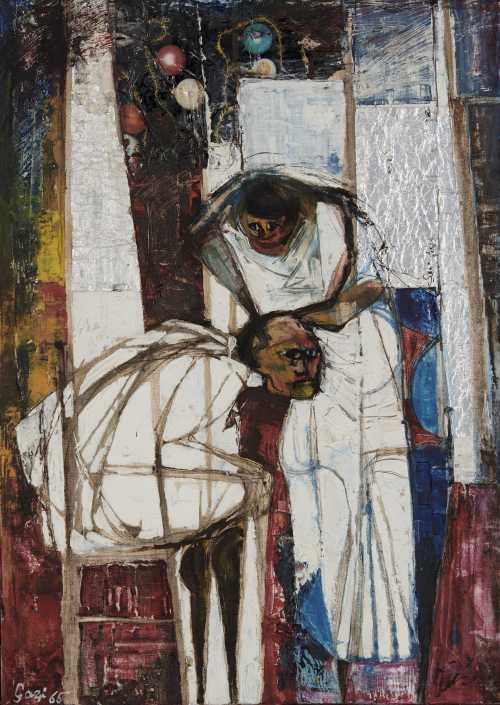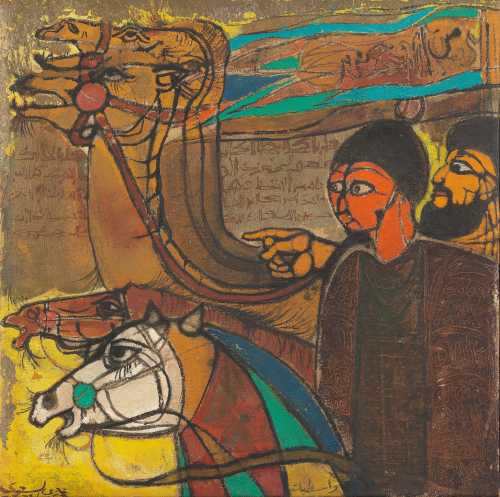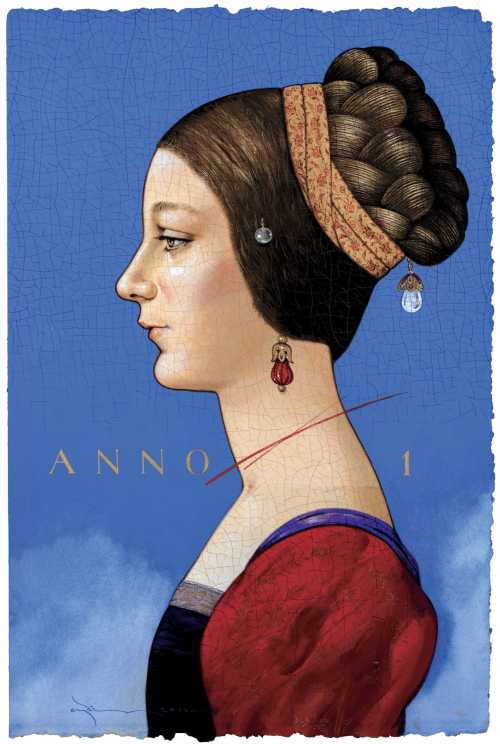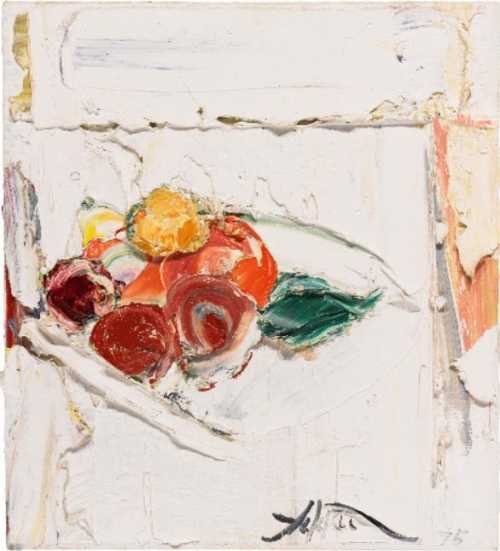- The Barber 1965
- Oil on canvas
- Painting
- 39.4 * 55.8 cm
- signed and dated 'Gazi 65' (lower left); signed, titled, inscribed and dated in Arabic (on an Al-Wasiti Gallery label affixed to the reverse)
20 October 2021
Estimation
£7,000
9,671 USD
-
£10,000
13,816 USD
Realized Price
£52,500
72,534 USD
517.647%
Artwork Description
Text by Dr Ahmed Naji, independent researcher and cultural advisor on art in Iraq and the Arab world
Born in Baghdad in 1935, Al-Saudi studied at the Institute of Fine Arts in Baghdad in 1953, under the instruction of Jewad Selim and Faeq Hassan. Later, he trained in Rome specialising in murals and frescoes and returned to Baghdad in the early-mid 1960s where he joined the faculty at the same Institute. In 1965, he held his first solo exhibition after returning from Italy. The exhibition was at Al-Wasiti Gallery in Baghdad; a private gallery space founded by pioneer Iraqi architects Mohamed Makiya and Saeed Ali Mathloum.
He is best known for several remarkable murals in Baghdad, such as the notable entrance of Az-Zawraa’ Park and the Baghdadi Museum. Al-Saudi murals have a distinctive style informed by the Iraqi modern art movement of the 1950s yet stand out stylistically and technically as unique examples of public art. While Al-Saudi acknowledges that he was greatly influenced by Faeq Hassan who was his role model, he maintains that he strives to leave his “own mark”.
The ‘Barber’ painting is key to unlocking Al-Saudi’s special formula in mastering murals that became his own indelible mark on the city of Baghdad. It offers a unique insight into his early work as it was one of the paintings exhibited at Al-Saudi’s aforementioned first solo show in Al-Wasiti Gallery. In this painting, the figures seem engaged in careful exercise underscored by tension and convoluted facial expressions whilst the collage of aluminum foil representing the mirrors in the barber shop provides a delicate visual and textural balance. The crimson red floor and dark background are also contrasted by a collage of yellow, green and bright red Christmas baubles at the top of the painting. The use of collage in this artwork indicates how Al-Saudi composed each of his paintings as a mini-mural, thinking structurally as to how the different materials could be applied to the surface area of the artwork.
The other remarkable feature in this artwork is the fact that it is well grounded in the modern Iraqi art movement by applying both the flat perspective of Baghdad’s 13th century painter, Al-Wasiti, and Assyrian art’s detailed use of the human body profile and muscular anatomy (notice the tense calf muscles of the seated figure); both qualities first popularised by Jewad Selim. The colour palette and density show direct influences from Faeq Hassan especially when comparing this painting to two of Hassan’s paintings from the Parker Collection in this catalogue (see ‘Old Quarter’, and ‘Family Group’). This early artwork is a statement of a confident artist, loyal to his teachers yet clearly determined to grow from out of their shadows. Therefore, we can confidently say that this artwork is an example of the early trajectory of an accomplished artist who succeeded in avoiding the traps of cliched commercial realism.
Dr Ahmed Naji is the author of Under the Palm Trees: Modern Iraqi Art with Mohamed Makiya and Jewad Selim, Rizzoli New York, 2019. (Instagram: Ahmednaji_Al Said)
Realized Price
39,782 USD
Min Estimate
7,592 USD
Max Estimate
11,043 USD
Average Artwork Worth
+259.824%
Average Growth of Artwork Worth
Sales Performance Against Estimates
Similar Artworks
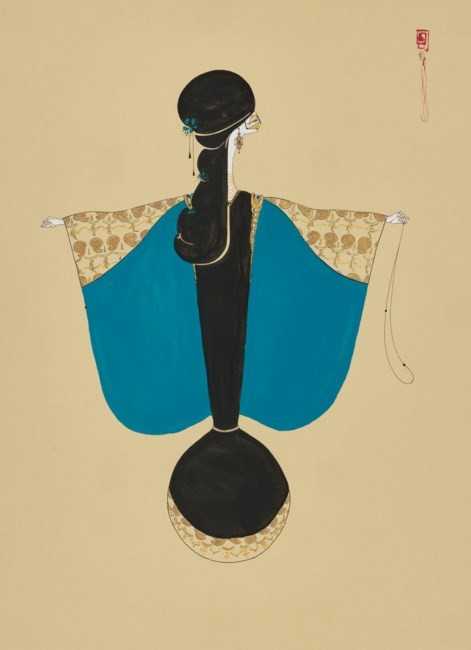
Untitled
